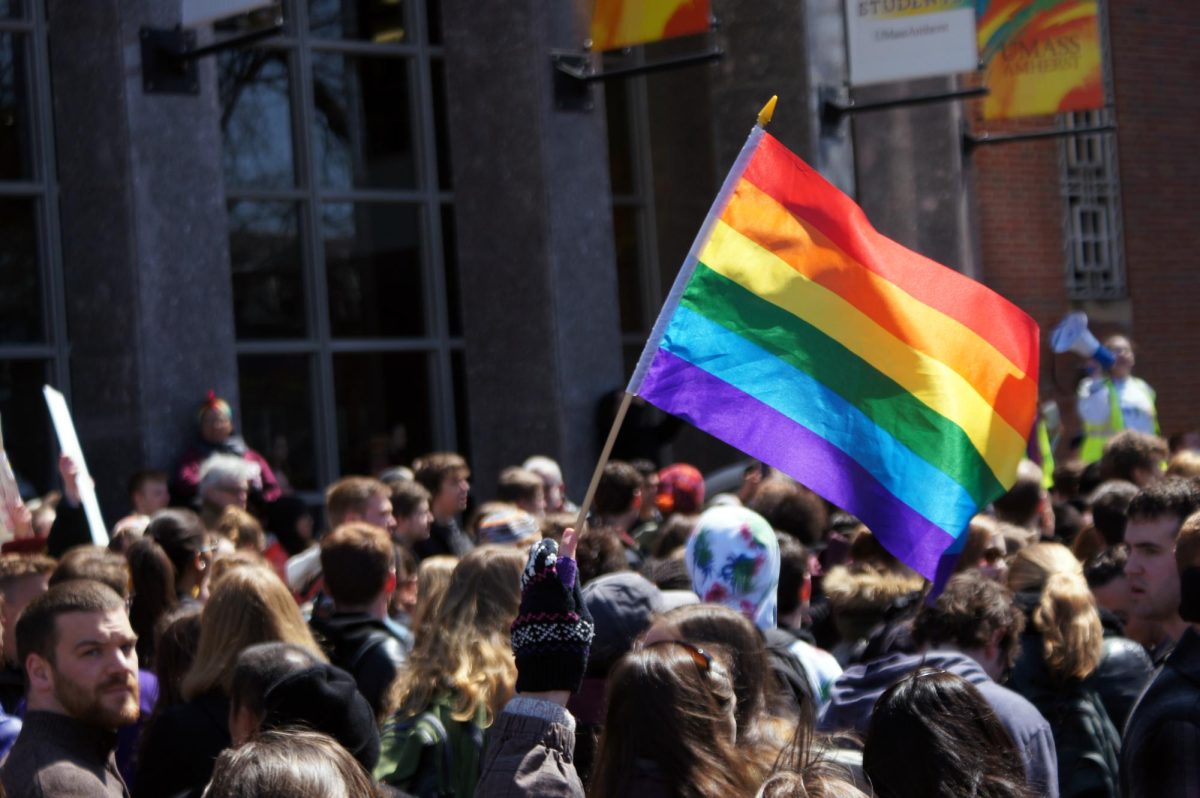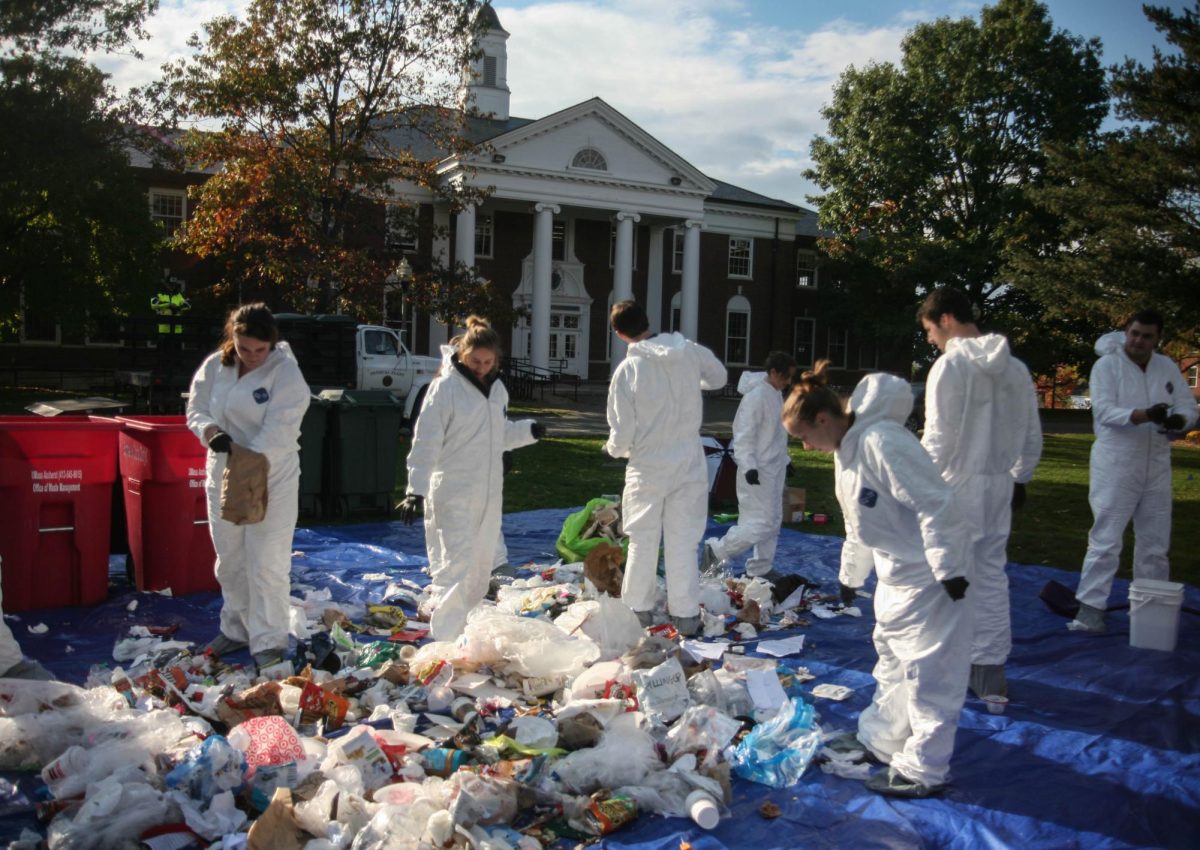
When was America at its best? It’s tough to say. However, many people probably agree that the answer is not the present day. Check out the news and you can see why: poverty, bigotry, subpar education, job loss. We can all think of problems that need solving. Considering the various issues people would like to see fixed, climate change is the one that arguably affects the most people. Climate change is a crisis facing not only the United States, but the entire planet. Try to think of someone who can avoid the effects of a changing ecosystem. Most people, and in fact most species, will be harmed by the ever-increasing global temperature. It’s easy to be discouraged, given how insurmountable the problem feels, but a strong fight against climate change can turn a grave threat into a catalyst for a better country.
Look no further than unemployment. Many Americans have seen their manufacturing jobs disappear. To put it simply, the United States doesn’t hire as many manufacturing workers as it used to. According to United States Bureau of Labor Statistics, the number of manufacturing jobs has decreased by about seven million since 1979, with the current number of employees standing at a little over 12 million jobs as of March 2017. If the United States continues to invest in manufacturing clean technology, such as solar panels, some of those manufacturing jobs could reappear.
Renewable energy is producing jobs 20 times quicker than the U.S. economy as a whole, according to the World Economic Forum. Jobs created from producing green technology could boost the economy, and while a movement away from energy production from fossil fuels would hurt those in the industry, the opportunity for modern, long-lasting energy solutions would outweigh short-term costs of changing our energy system. Resources like oil, coal and natural gas are run by companies that have every incentive to increase energy, yet the National Academies of Science estimates that we have at least 25 years of petroleum left based on our current use and supply in the United States. At some point, by intervention or necessity, we will have to fully explore the limits of alternative energy and make use of solar, wind, geothermal, and energy efficiency. The Great Lakes, for example, could provide up to 54 gigawatts of energy in wind power. Overall, national energy use could reduce by 20 percent by the year 2020 with comprehensive energy efficiency plans.
It’s a question of quality of life as well. Former California Governor Arnold Schwarzenegger proposed an analogy for climate change by asking people to choose one of two rooms to stay in for an hour: one with a gasoline-fueled car running and one with an electric car. Regardless of one’s beliefs about climate change, Schwarzenegger predicts people would choose the latter door: “Door number one is a fatal choice. Who would ever want to breathe those fumes?”
Intense pollution, disregarding the discussion of climate as a whole, will have a dramatic impact on the health of our society and future generations. 30 years of research have displayed correlations between pollution and the rise of asthma and even cancer. This is exacerbated by observed seasonal changes which can intensify allergies and illness. Plus, do we really want to glamorize a future of hot, smoggy cities? To create a cleaner atmosphere, we should be encouraged by electric cars and other means of reducing emissions to make our cities more livable. Even the simple act of planting more trees can go a long way to suck up carbon emissions and keep our air clean.
Public health is inextricably linked with infrastructure development, too. With a green revolution, revamping and reconstructing our buildings to promote better ventilation and more natural sunlight in workplaces to replace artificial lighting has shown to reduce absenteeism and raise a “positive effect” on employee productivity according to the National Center of Biotechnology Information. Reducing automobile dependency (and thus energy consumption) by promoting mixed residential and commercial areas will provide small business growth opportunities and also make spaces more pedestrian-oriented and people more healthy.
America faces a situation that threatens the livelihoods of millions of people in this country, but also gives a great opportunity to build a country that treats its residents and its ecosystem well. There are advances to be made in public health, the economy, technology and energy use; we just need to pursue them. As a country, we can do better than we have been doing. Our finest hour will come when we not only tackle the issue of climate change headfirst, but also use that issue as a springboard to a healthier, more prosperous and more efficient future. The challenge, and the opportunity, is in front of us.
Joe Frank and James Mazarakis are Collegian columnists and can be reached at [email protected] and [email protected].



















PETER ANDERSON • Apr 20, 2017 at 11:38 am
Correction, I meant .04%, not .004% CO2 concentration in atmosphere, if it matters to anyone.
PETER ANDERSON • Apr 19, 2017 at 10:23 am
CO2 is .004% of the atmosphere and 97% of it comes from natural sources, primarily oceans.
Its effect on warming is logarithmic, with less and less added effect per quantum. Only shoulder
radiation is left after 280 ppm (pre-Industrial Revolution). And finally, anyone who thinks they
can predict what the climate will do is, to be charitable, unwise.
David Hunt 1990 • Apr 10, 2017 at 3:12 pm
One other thing. Don’t conflate particulate contamination – which IS a problem – with CO2, which is plant food and – historically – has been far, far higher throughout earth’s history.
Those open-minded people who are interested in learning more should read the following sites for a week – just to see what the “other side” is saying.
https://wattsupwiththat.com/
https://realclimatescience.com/
http://climatelessons.blogspot.co.uk/
http://www.climatedepot.com/
David Hunt 1990 • Apr 10, 2017 at 10:00 am
Climate change? What have you got against plants?
https://www.youtube.com/watch?v=5Smhn1gL6Xg